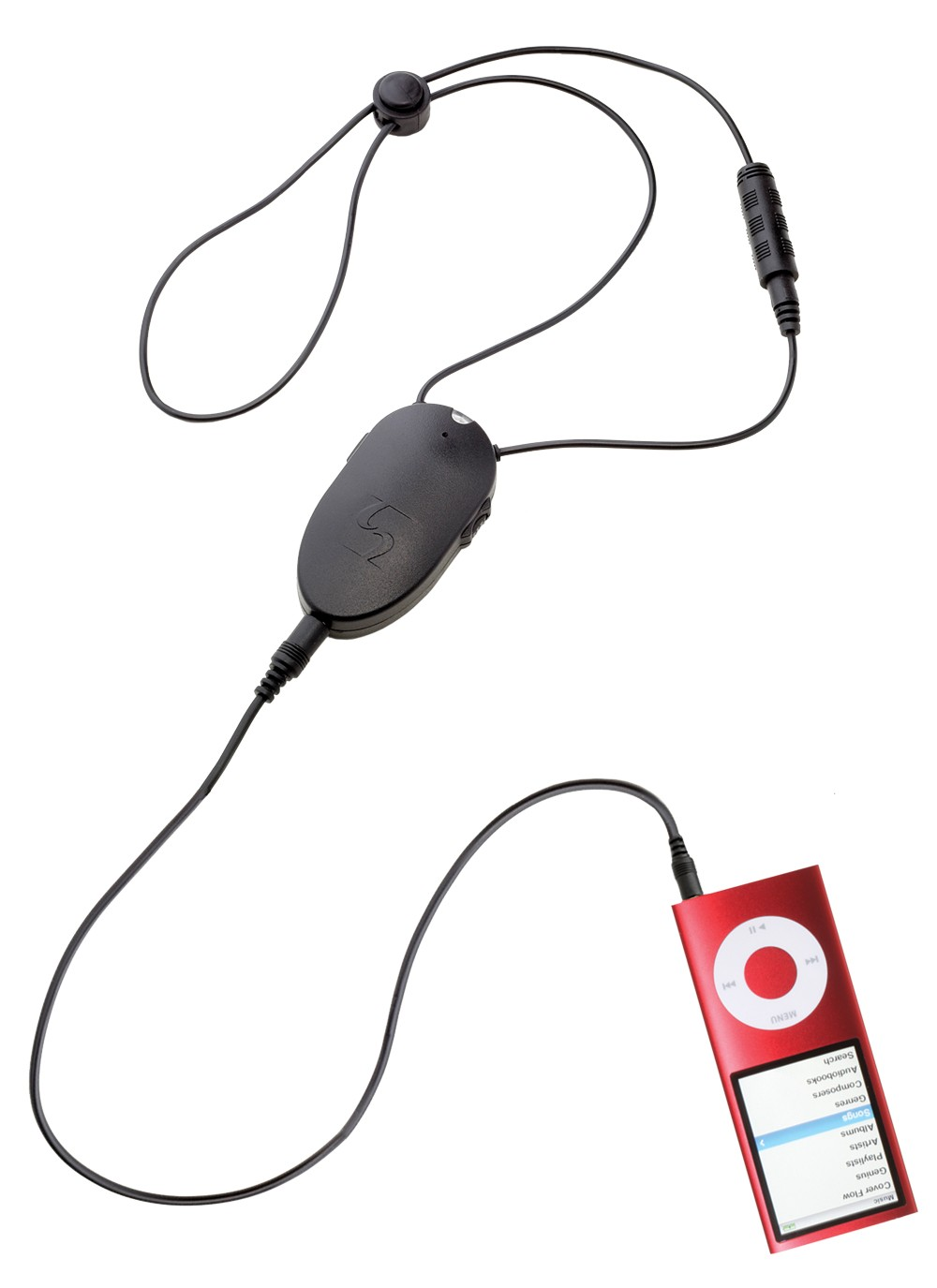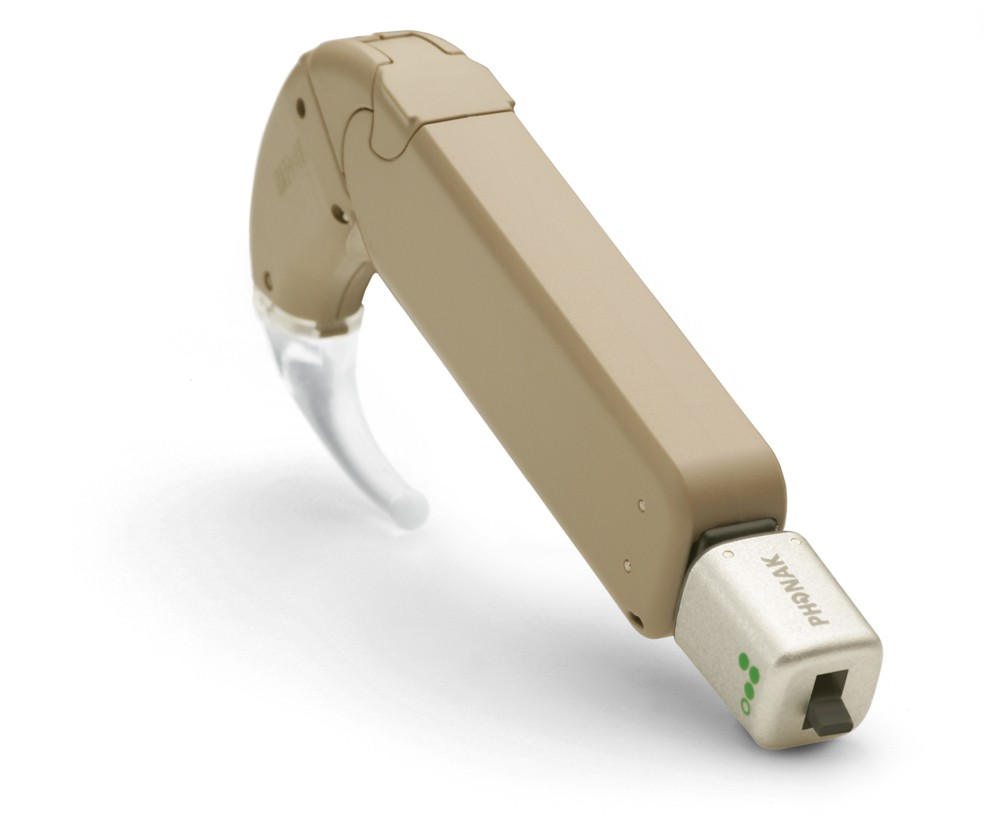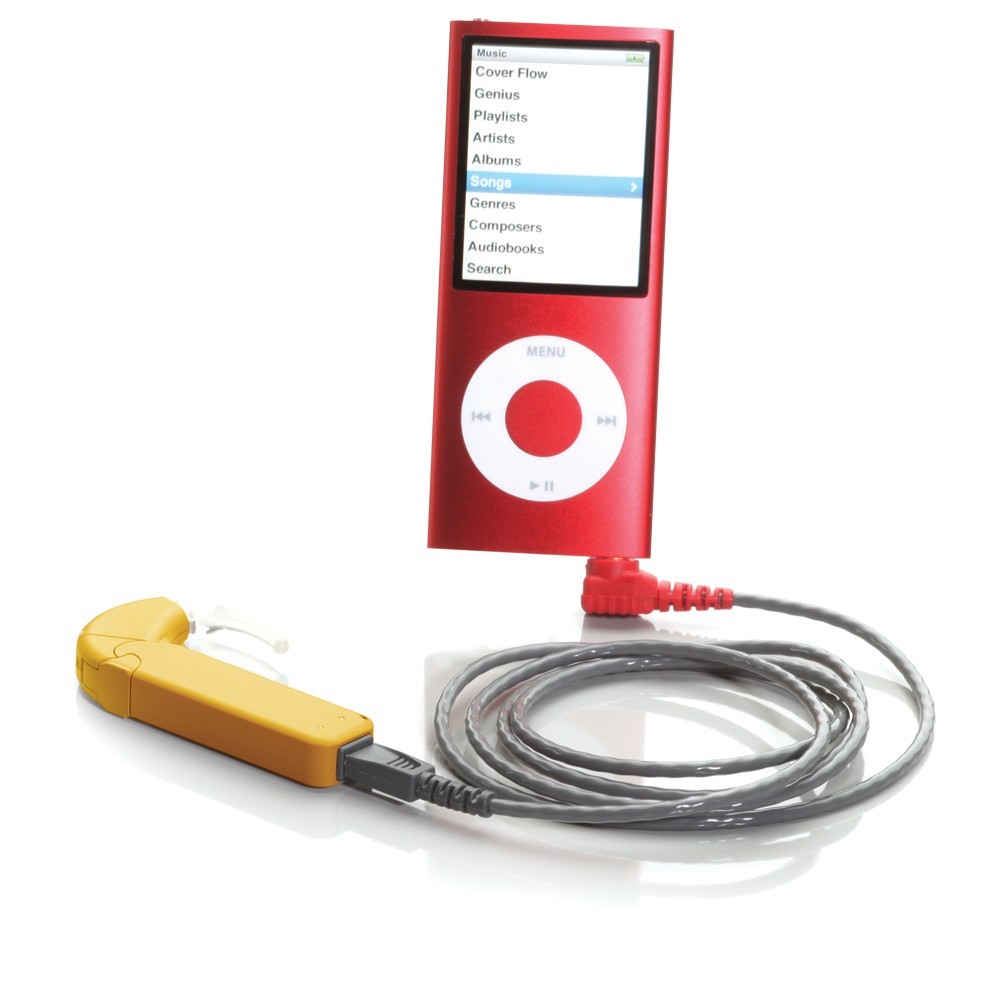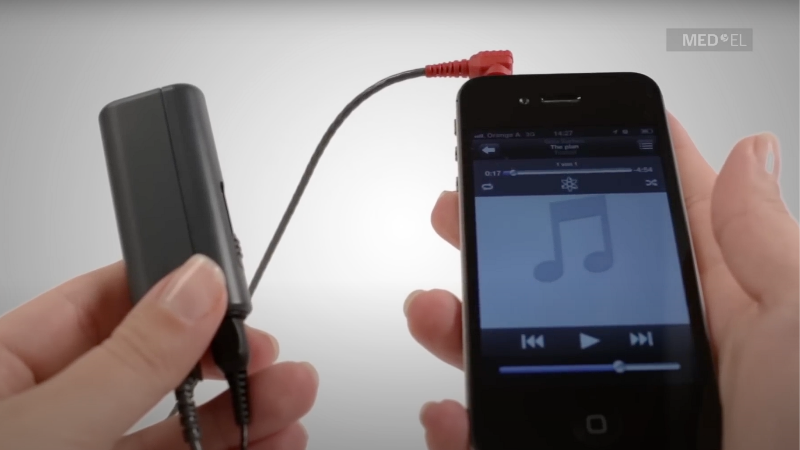
MED-EL
Published Feb 21, 2014
All About Assistive Listening Devices for Cochlear Implants
What are Assistive Listening Devices? The answer is easy: it’s a device that helps a hearing implant recipient to hear certain sounds by connecting directly with the audio processor as opposed to using the built-in microphone. Find out more about assistive listening devices in this article.

We’ve talked about induction loops before, and these are one type of ALD. But there are lots of other types, and they each have special benefits that can help you, or someone you know, to more directly enjoy sound.
Telecoil
Telecoils are the way to wirelessly connecting with the world around you. A telecoil is a device, sometimes small and sometimes very large, that sends sound information through the air just like a wireless telephone. All current MED-EL cochlear implant audio processors have built-in telecoil capabilities, so anywhere that there is a telecoil you can connect to it and receive sounds wirelessly.
One example of a telecoil system is a neck loop. It looks like this:
See how the portable music player connects to the neck loop? Sound from the music player will be sent into the loop and then turned into signals that are picked up by the audio processor. Some neck loops even pick up other wireless signals like Bluetooth, so that you can connect your Bluetooth device (like a mobile phone) to your audio processor.

It’s easy to activate the telecoil function, and you just need your FineTuner!
There are two buttons on the FineTuner, T for “Telecoil,” and M/T for “Microphone/Telecoil.”
It’s these two buttons that let you access the world of telecoils, and the only difference between them is how they balance the sound between the microphone and telecoil. Choosing T means a 90/10 split between the telecoil and microphone, while M/T provides a 50/50 split between the telecoil and microphone.
FM
FM systems are another type of wireless connection. They are a small little device that plugs into a port on the audio processor – on the OPUS 2 it’s part of the FM battery pack, while with the RONDO it’s part of the Mini Battery Pack.
Like a telecoil lets you connect to devices like neck loops, the FM system lets you connect to any device that creates an FM signal. You can find them in places like lecture halls, classrooms, museums, theaters, and lots of other places where large groups of people gather or hold events.
Did we say that they’re small? Check out what one looks like:

Direct Audio Input
The Direct Audio Input option uses a cable to connect your audio processor to almost any device with a 3.5 mm audio jack – this means that anywhere you can connect your headphones, you can also connect your audio processor!
Here’s a photo of how it looks when you connect a portable music player directly to a behind-the-ear audio processor like the OPUS 2:
You can choose between two different DAI cables, the difference between them is only in how much sound comes from the audio input cable and how much comes from the microphone. If you still want to use the built-in microphone to hear some of the world around you, choose the yellow cable: it provides a 50/50 mix between the audio input and microphone input. If you want to concentrate on the audio input, choose the red one: it sends you a mix of 90% audio input and 10% microphone input.

The DAI uses the same connection as an FM system, so it’s quick and easy to connect to a MED-EL audio processor like the OPUS 2 or RONDO. To see more about how to connect ALDs to the RONDO, check out this video:
Wondering when you should use a specific type of ALD? Check out these blog posts:
- The right Assistive Listening Devices for music
- The right Assistive Listenign Devices for watching television
- The right Assistive Listening Devices for work or school
Want to learn more about Assistive Listening Devices?
Just contact your local MED-EL representative, and if you don’t know who they are you can use our easy Clinic Finder to find the representative nearest to you.
References

MED-EL
Was this article helpful?
Thanks for your feedback.
Sign up for newsletter below for more.
Thanks for your feedback.
Please leave your message below.
Thanks for your message. We will reply as soon as possible.
Send us a message
Field is required
John Doe
Field is required
name@mail.com
Field is required
What do you think?
© MED-EL Medical Electronics. All rights reserved. The content on this website is for general informational purposes only and should not be taken as medical advice. Contact your doctor or hearing specialist to learn what type of hearing solution suits your specific needs. Not all products, features, or indications are approved in all countries.

MED-EL

MED-EL



